Ryegrass, Beef Builder Forage Annual
$47.00 /50lbs. (50 pound bag)
Improvement over annual for grazing, especially in rust prone areas (high rainfall).
Out of stock
Improvement over annual for grazing, especially in rust prone areas (high rainfall).
| Grow Height | Cold Tolerance | Minimum Rainfall |
Planting Rate Acre |
| 2-3′ | Good | 25″ | 25 lb. |
| Weight | 51 lbs |
|---|---|
| Dimensions | 29 × 17 × 7 in |
Be the first to review “Ryegrass, Beef Builder Forage Annual” Cancel reply
You must be logged in to post a review.
Related products
Largest use is turfgrass. Used to overseed warm season turf. In adaptable regions plant 2-10 lb. per 1000 sqft.
Good pasture. Cajun II is a forage-type endophyte-free tall fescue that promises broad adaptation and high yields.
Permanent cool season grass. One of the best to use in shade. Excellent year-round lawn when kept watered.
Native, cool season perennial that is short lived. Found on sandy shores and dunes; wooded areas, especially along trails, rivers and streams; and other disturbed sites throughout much of North America.
Warm season perennial that does well on moist, but well-drained, soils. It is a dense turfgrass. Can crowd out weeds and bermudagrass.
Like other Tall Fescue this is normally a permanent cool season grass. However unlike other Tall Fescue Titan Rx has rhizomes that allows it to spread and has more heat/drought tolerance because of the larger root system.
Warm-season perennial bunchgrass introduced from Africa. Adapted to a wide range of heavy soils and dry conditions in central Texas and on wet soils in the Gulf coast.
Introduced fast growing annual, a heavy forage producer. In some areas of the world the small seed is ground for flour.
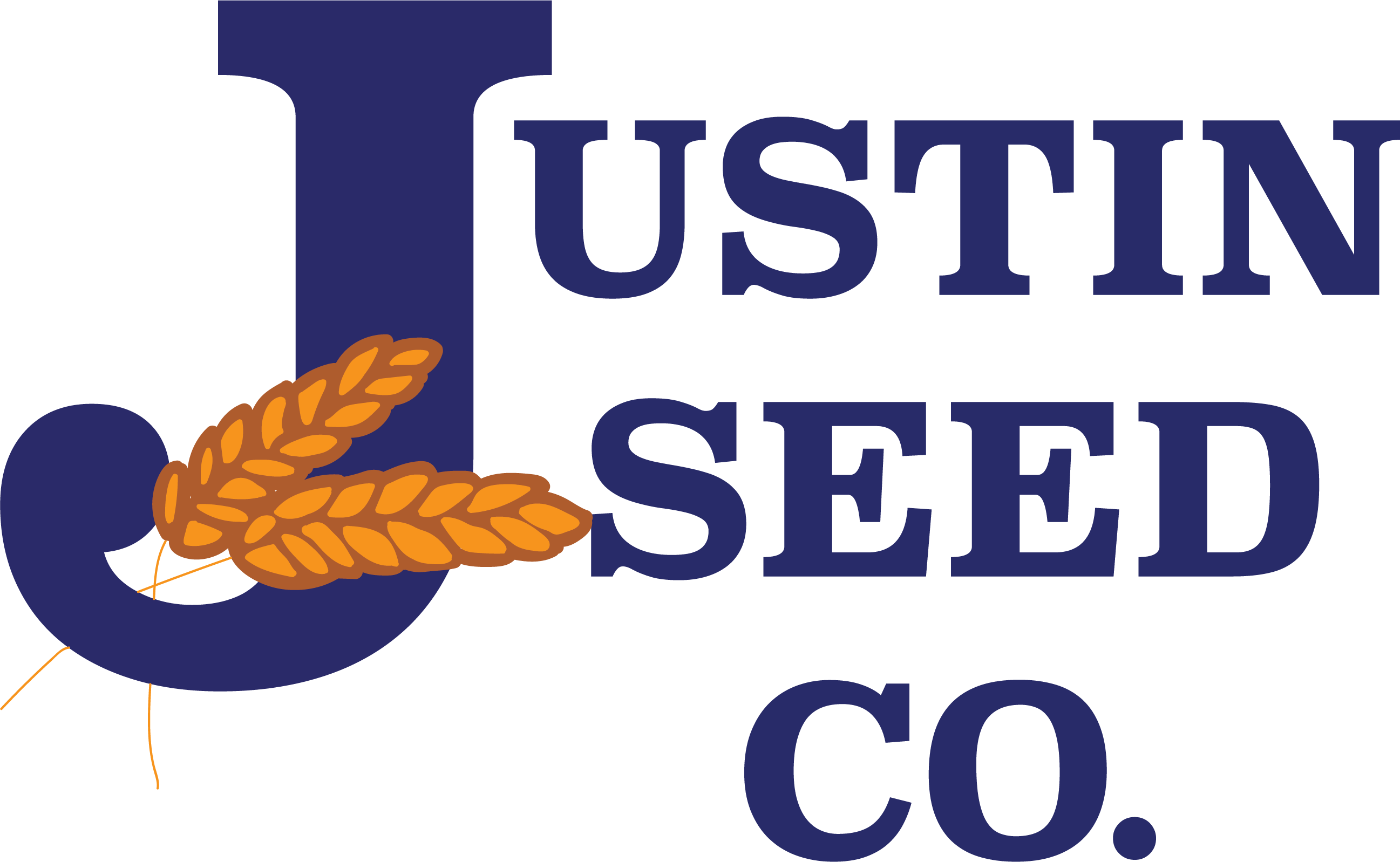
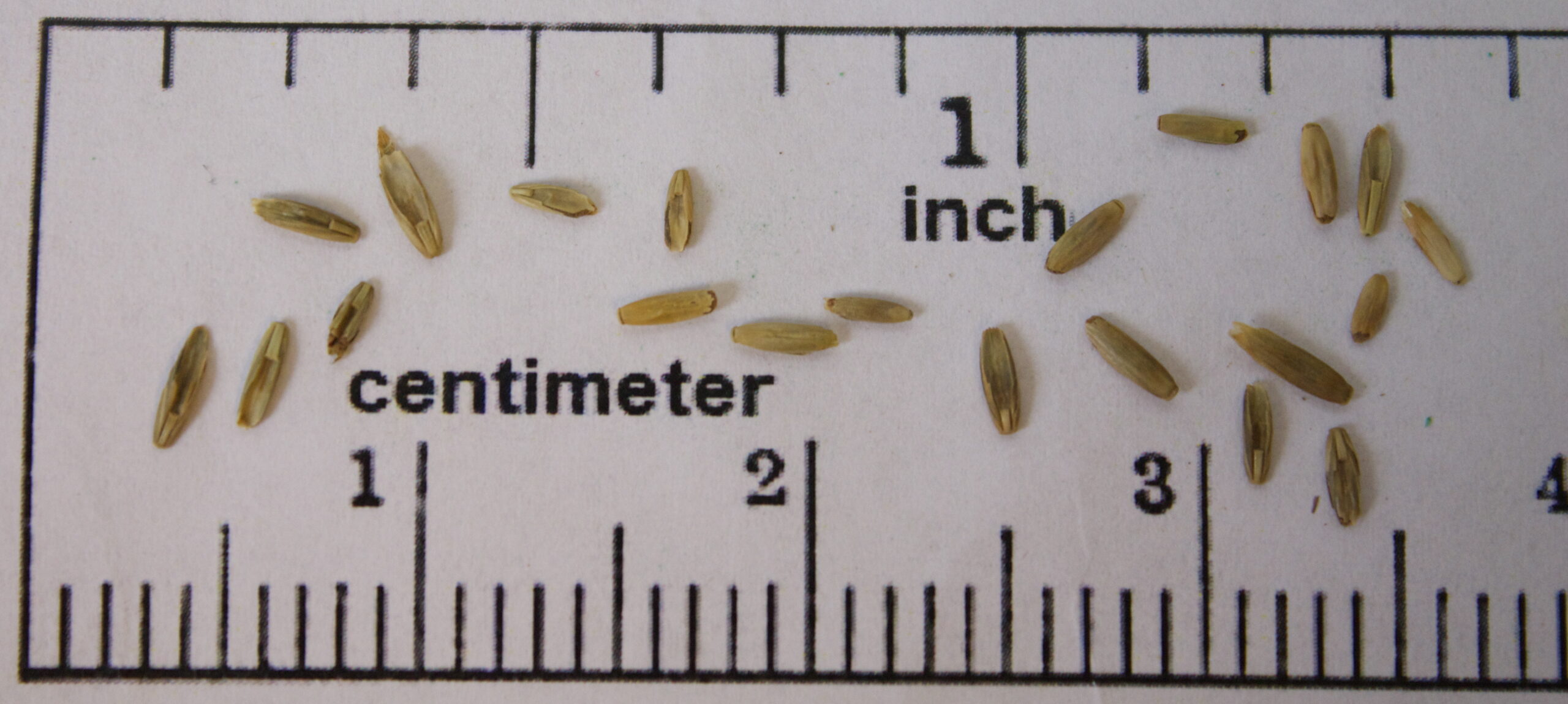
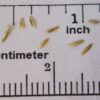
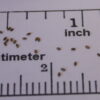
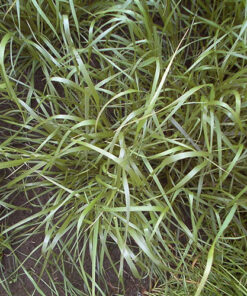


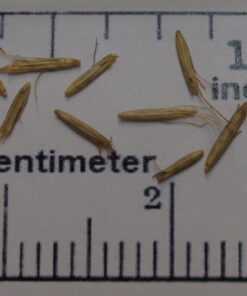
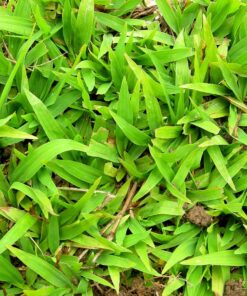



Reviews
There are no reviews yet.